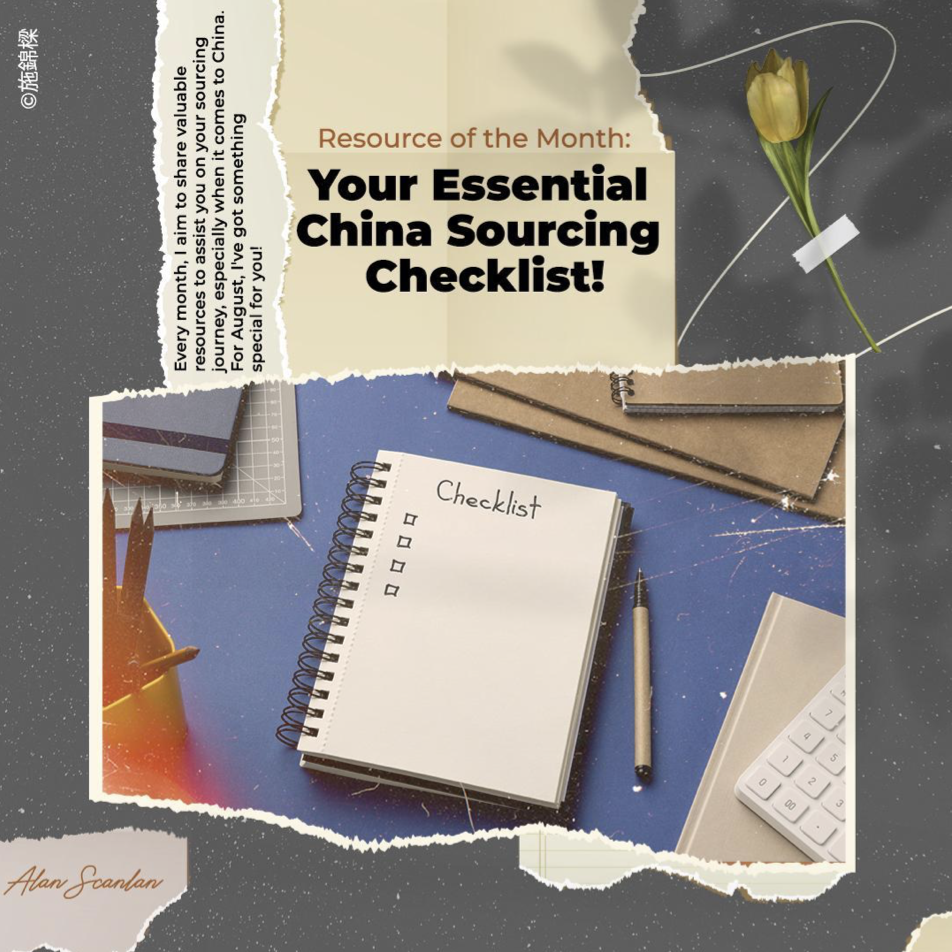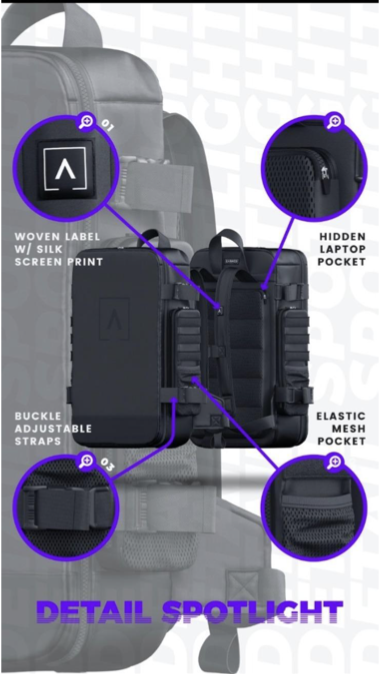The Powerhouse Cities of Manufacturing in China
When it comes to global manufacturing, China stands out as a dominant player, capturing a significant portion of the market share. While most people are familiar with the label "Made in China," not everyone knows the powerhouse cities behind this production dynamo. These cities, with their unique specialties and infrastructure, are the backbone of China's manufacturing strength. Let's explore the top manufacturing hubs in China and their indelible impact on the global market.
1. Shenzhen: The Tech Titan
Located in Guangdong province, Shenzhen is often dubbed the "Silicon Valley of China." Once a fishing village, it's now a bustling tech hub, home to companies like Huawei and Tencent. It specializes in electronics, telecommunications, and computer-related products. Shenzhen's modern infrastructure, paired with its close proximity to Hong Kong, makes it an ideal gateway for international businesses.
2. Dongguan: The World's Factory
Adjacent to Shenzhen lies Dongguan, another giant in the manufacturing landscape. It's known for a vast range of products, from textiles to machinery. Its factories churn out a significant chunk of the world's shoes, toys, and furniture. Dongguan's vast industrial zones and skilled workforce make it a top choice for diverse manufacturing needs.
3. Suzhou: Precision and Machinery
Located in Jiangsu province, Suzhou is a hub for machinery and equipment manufacturing. With a rich history that blends seamlessly with modern innovation, Suzhou produces sophisticated electronic equipment and medical devices. Its well-maintained transport network and investment-friendly policies attract global businesses.
4. Ningbo: Port City Powerhouse
Situated in Zhejiang province, Ningbo boasts one of the world's largest deep-water ports. It's a hub for chemical, textile, and consumer electronics manufacturing. Ningbo's strategic location makes it a logistical dream for exporters, fostering a strong manufacturing environment.
5. Guangzhou: Diversity in Production
As the capital of Guangdong province, Guangzhou is a multifaceted manufacturing center. From automobiles to fashion, this vibrant city caters to a broad spectrum of industries. Its annual Canton Fair, one of the largest trade fairs in the world, showcases its vast manufacturing prowess.
The Global Influence
China's manufacturing cities contribute immensely to the global market. Whether it's the smartphone in your pocket or the shoes on your feet, there's a good chance they originated from one of these hubs. Their specialties not only serve domestic needs but also cater to international demands, solidifying China's position as a global manufacturing leader.
For businesses and entrepreneurs, understanding these manufacturing landscapes can offer a strategic advantage. It's not just about "Made in China" – it's about the cities, the infrastructure, the specialties, and the stories that power this manufacturing behemoth.
Resource of the Month: Your Essential China Sourcing Checklist! 📚
Every month, I aim to share valuable resources to assist you on your sourcing journey, especially when it comes to China. For August, I've got something special for you!
Introducing: The Essential China Sourcing Checklist!
This comprehensive checklist ensures that you:
Navigate the intricacies of Chinese suppliers with ease.
Ensure product quality and compliance from day one.
Minimize risks and unexpected costs. ... and so much more!
Whether you're new to sourcing or a seasoned pro, this checklist will be your trusty companion, ensuring no detail is overlooked.
👉https://drive.google.com/file/d/1xDB9qFsBCPyIt_as8RCwfug-0QpJ3a9F/view?usp=drive_link
I genuinely believe in equipping businesses with the right tools for success. If you find this resource helpful, do let me know! And if you have specific challenges or topics you'd like resources on in the future, drop a comment below.
To more informed sourcing decisions! 🌏✨
Weekly Insight: The Evolution of Manufacturing in China
It all begins with an idea.
🕰 1970s-1980s: Beginnings & Reforms China began to open up its economy to the world. This was the era of light industries, producing textiles, toys, and basic electronics. A labor-intensive model with emphasis on exports was adopted.
🖥 1990s: Electronics & Technology Boom The rise of Shenzhen! China shifted towards higher-tech manufacturing. Electronics, semi-conductors, and computers became a massive part of the manufacturing landscape.
🚀 2000s: Integration & Globalization China joined the World Trade Organization (WTO) in 2001, solidifying its position in global supply chains. It expanded to become the world’s factory, producing everything from luxury goods to high-end electronics.
🤖 2010s: Automation & Smart Manufacturing Facing rising labor costs, China began to invest heavily in robotics and automation. Smart manufacturing became a focus, leading to the creation of more efficient and sophisticated factories.
🌱 2020s: Sustainability & Green Manufacturing With increasing global focus on sustainability, China's manufacturing sector is now evolving towards more eco-friendly processes, with an emphasis on reducing waste and carbon footprint.
🔮 Future: With Industry 4.0, AI, and the Internet of Things (IoT), China continues to redefine manufacturing, merging technology and production like never before.
Stay tuned for next week's insight into the technologies that are driving China's manufacturing future!
Behind-the-Scenes: A Day in Our Guangzhou Office
It all begins with an idea.
🌅 6:15 AM: Morning Kickoff
My day begins with a cup of coffee, checking emails for any fires that need putting out and then off to the gym at 7.15 am. I will jump on a call with the team at 9 am and we review the day's agenda and discuss any pressing issues.
🔍 9:30 AM: Factory Check-ins
The sourcing team hops on calls and WeChat with various factories. It’s crucial for us to maintain regular communication to ensure product quality and timelines are on track. Keeping up relationships is also a massive part of the job.
💼 11:00 AM: Client Consultations
Our dedicated client managers meet with businesses from the US & Europe. With the time difference, our mornings are filled with productive discussions on product development and sourcing strategies.
🍜 1:00 PM: Lunch Break
We value our team's well-being, so everyone takes an hour to relax and enjoy some local Guangzhou delicacies.
🚀 2:00 PM: Product Development
The design team collaborates on creating prototypes, ensuring that products meet international standards and client expectations.
📦 4:00 PM: Warehouse Walk-through
A virtual stroll through our factories warehouses to ensure everything's in order with our mass production orders. We check on inventory levels, packaging quality, and shipping schedules.
📊 5:30 PM: Data Crunching
We wrap up the day by analyzing data - from sales numbers to shipping timelines. This helps us optimize our operations and serve our clients better.
🌇 7:00 PM: Closing Time
At the end of a productive day, the team will clock off and prepare for the next day.
We're passionate about what we do, and every day in the Guangzhou office is a testament to our commitment to excellence in sourcing and manufacturing. Want to know more about our processes? Drop a comment below or inbox!
🚀 From Idea to Product: The Journey Of An Eco-friendly Backpack
It all begins with an idea.
💡 The Idea: Our client, a Hong Kong start-up, approached us with an innovative concept - an environmentally-friendly backpack made entirely of sustainable materials. Their aim? Reduce waste while promoting a clean sustainable brand.
🔍 Sourcing Challenge #1: Finding Sustainable Materials The vision was clear, but sourcing the right materials was the first hurdle. Many factories offered low-cost options, but we wanted something eco-friendly.
✅ Solution: After thorough research, we identified a recycled nylon supplier with a strong reputation for sustainability and quality. Recycled nylon, being a renewable resource, was perfect for this project.
🛠 Sourcing Challenge #2: Design Prototyping The initial design had intricate compartments which, although aesthetically pleasing, posed manufacturing challenges.
✅ Solution: Collaborating closely with the client, we made minor design tweaks to simplify the manufacturing process without compromising the functionality.
🔬 Sourcing Challenge #3: Quality Control Ensuring each backpack met our high-quality standards was paramount.
✅ Solution: Our team performed rigorous on-site checks at different stages of production. This hands-on approach helped us spot and rectify minor issues before they became major concerns.
🌊 Sourcing Challenge #4: Eco-friendly Packaging It wasn't just the product; the packaging also had to be sustainable.
✅ Solution: We ditched traditional plastic wraps and opted for recycled cardboard boxes with soy-based inks for branding. Not only was this better for the environment, but it also resonated with eco-conscious consumers.
🚢 The Final Stretch: With the product and packaging aligned with the client's vision, it was time for shipping. Leveraging our network of freight forwarders, we ensured timely delivery to Asian markets.
Today, the Eco-friendly backpack stands as a testament to what's possible when innovation meets sustainability. It's journeys like these that inspire us every day at Source Find Asia. Got a product idea? Let's make it a reality!
The Do's and Don'ts of Sourcing from China 🇨🇳
It all begins with an idea.
With over 15 years in the sourcing & manufacturing industry, I've witnessed firsthand the triumphs and pitfalls businesses encounter. Here are some distilled lessons to guide your sourcing journey:
🟢 Do's:
Establish Clear Communication: Language barriers can lead to misinterpretations. Always confirm details, preferably in written form, and consider hiring a local interpreter or liaison.
Visit Factories in Person: Nothing beats an on-site visit. It provides insights into a factory’s operations, quality control, and overall professionalism.
Invest in Quality Control: Employ third-party inspection services to monitor production. This can save you from costly mistakes and ensure product consistency.
Understand the Culture: Business etiquette in China may differ from what you're used to. A little research or local guidance can go a long way in building strong relationships.
Diversify Your Supplier Base: Don’t put all your eggs in one basket. Working with multiple suppliers reduces risk and can lead to better pricing and quality.
🔴 Don'ts:
Assume "Made in China" Equals Cheap: The days of dirt-cheap manufacturing are waning. Quality can come at a cost, and it's often worth the investment.
Skip the NDA: Always protect your intellectual property. A Non-Disclosure Agreement (NDA) is essential, especially when sharing product designs or unique business ideas.
Overlook Payment Terms: Always negotiate favorable payment terms. A common approach is 30% upfront and 70% upon shipment.
Neglect Due Diligence: Vet your suppliers. Check references, ask for samples, and verify their business licenses.
Rush the Process: Sourcing and manufacturing take time. Patience is key. Quality and consistency over speed should be your mantra.
In the vast landscape of sourcing from China, knowledge is your compass. If you're considering the journey, I'm here to guide and provide insights from my decade and a half of experience. Let's connect!










